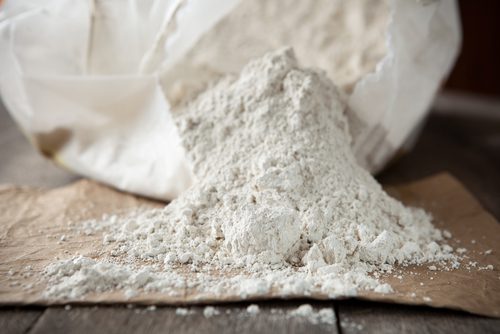What is Diatomaceous Earth? It is a great tool to employ in the continuous fight against bed bugs. Diatomaceous Earth is also known as bed bug dust or DE for abbreviation. DE is an effective tool that is non-toxic and an all-natural deterrent to bed bugs. It can kill them and inhibit their movement in the house.

It is essential to know that alone, DE cannot stop your bed bug infestation. While DE is useful as it keeps bed bugs from moving along your walls, for best results you should consider using it with other treatments. The combination of Diatomaceous Earth with other treatment methods makes it more potent. The best combination is to use heat treatment for your personal belongings and then utilize Diatomaceous Earth for other parts of your house.
All natural? What is Diatomaceous Earth?
It is an all-natural product that derives from fossils of diatoms found in the sea. The fossils consist of silicon dioxide. It has zero toxicity, and it is entirely safe.
It is more effective with heat treatment: when you utilize heat treatment in your homes, combining it with diatomaceous earth generates a robust result. You can place it on your items as you heat them or infested personal belongings that cannot use heat treatment.
Non-resistant
Bed bugs find it difficult to develop resistance to diatomaceous earth as they do with some common pesticides
Slow to act but lasts long: It takes between a week to two weeks for its effects to be seen. Although it works slow, the result last long.
Kills safely?
As a desiccant, the product is safe for use at home. It doesn’t contain any toxic chemicals or compounds.
Mechanical barrier
The product can act as a barrier and prevent bed bugs from passing through it
Safety precautions
It is advisable to put on dust mask when spreading DE. You want to avoid any situation of inhaling particulate matter into your lungs. Also, ensure the DE you are using is the pesticide grade version and not the pool grade (as it is just ordinary diatomaceous earth with the absence of insecticides). Read More… CDC and Bed Bugs



